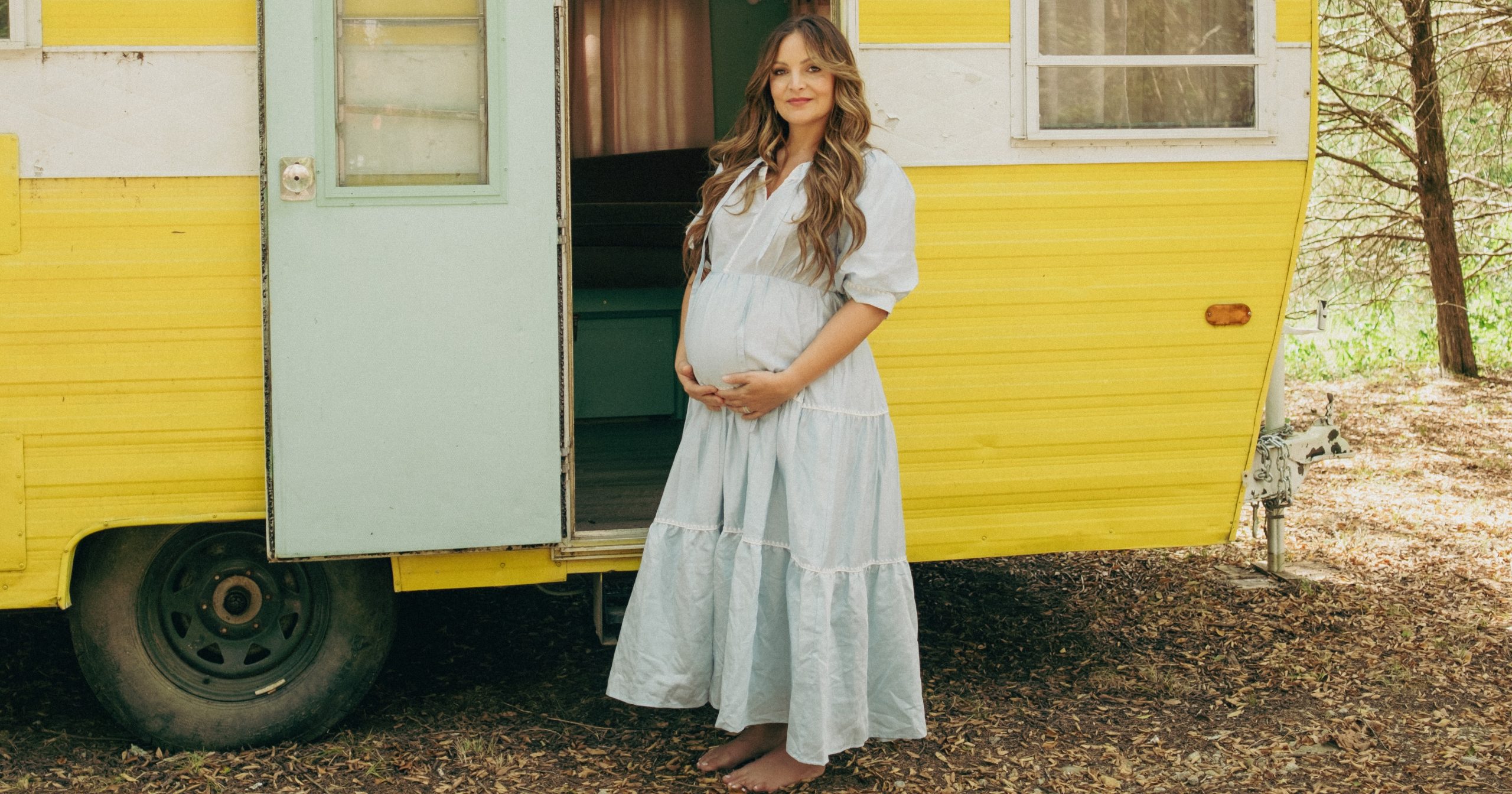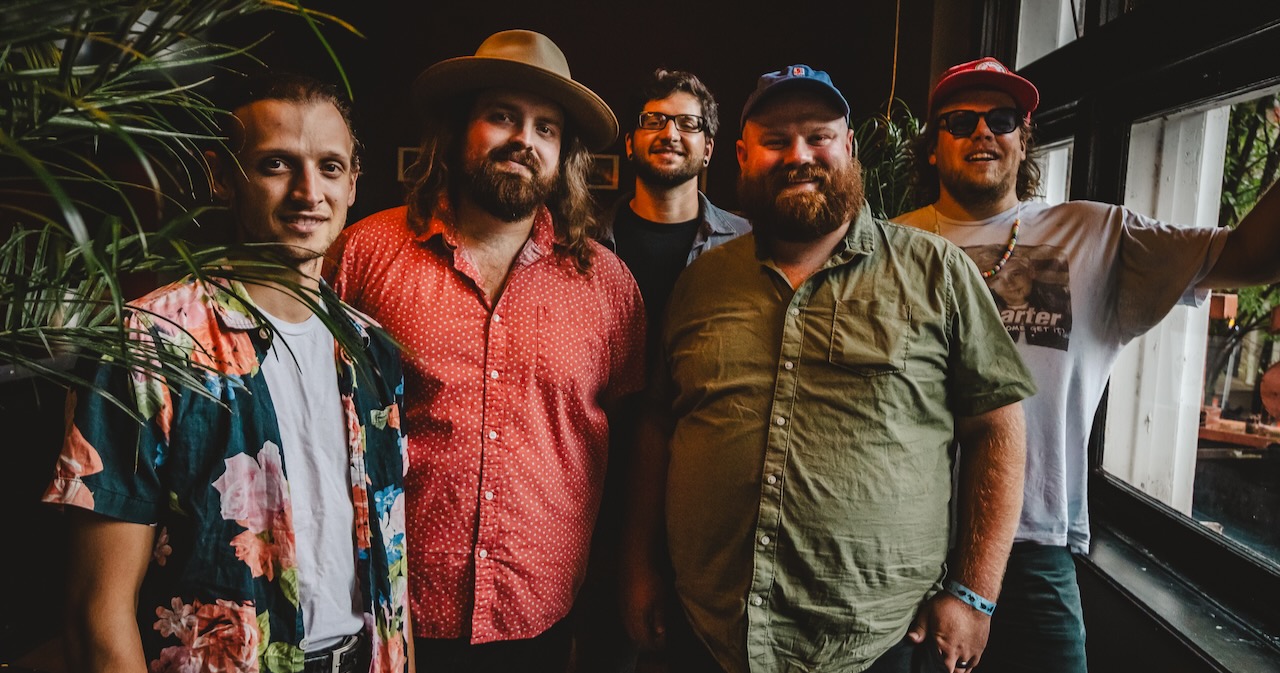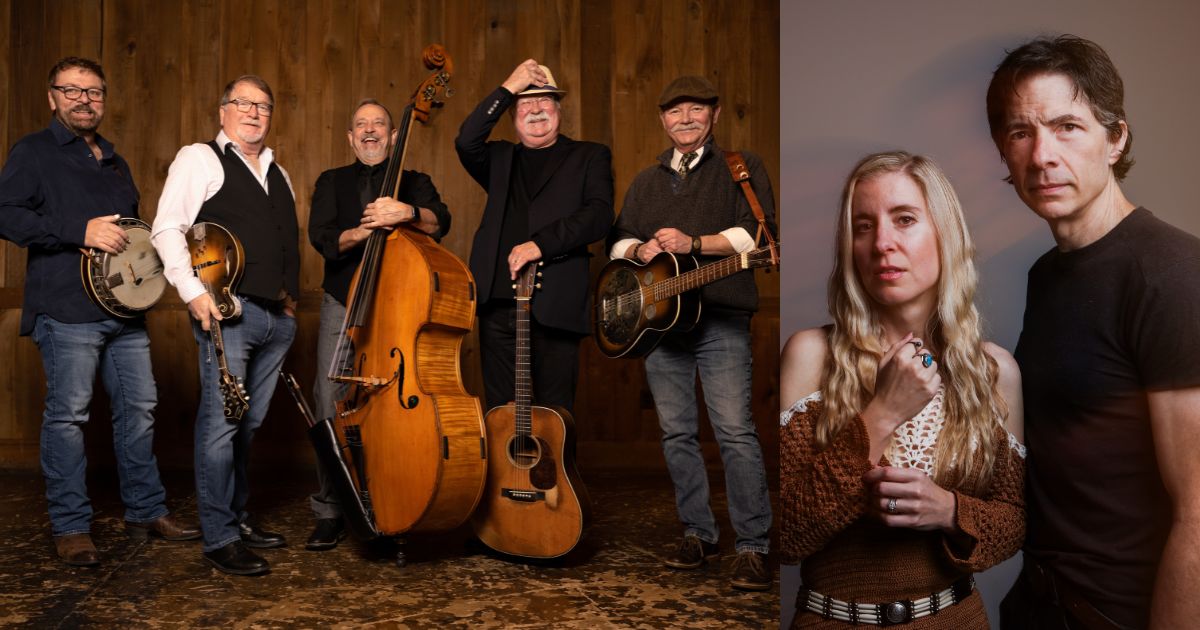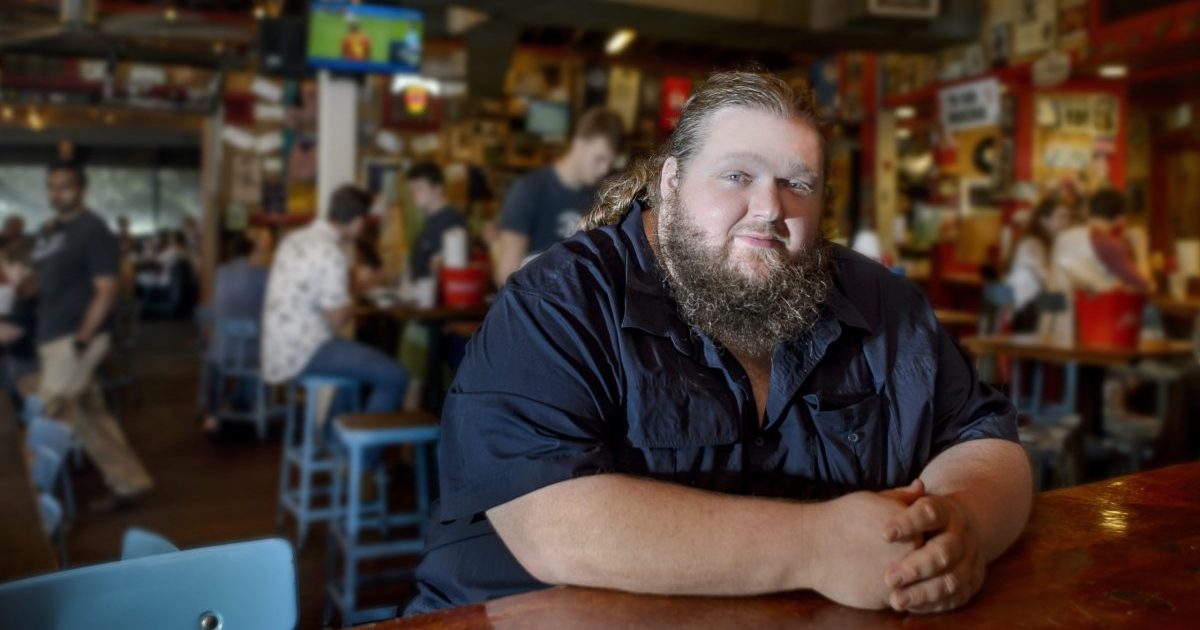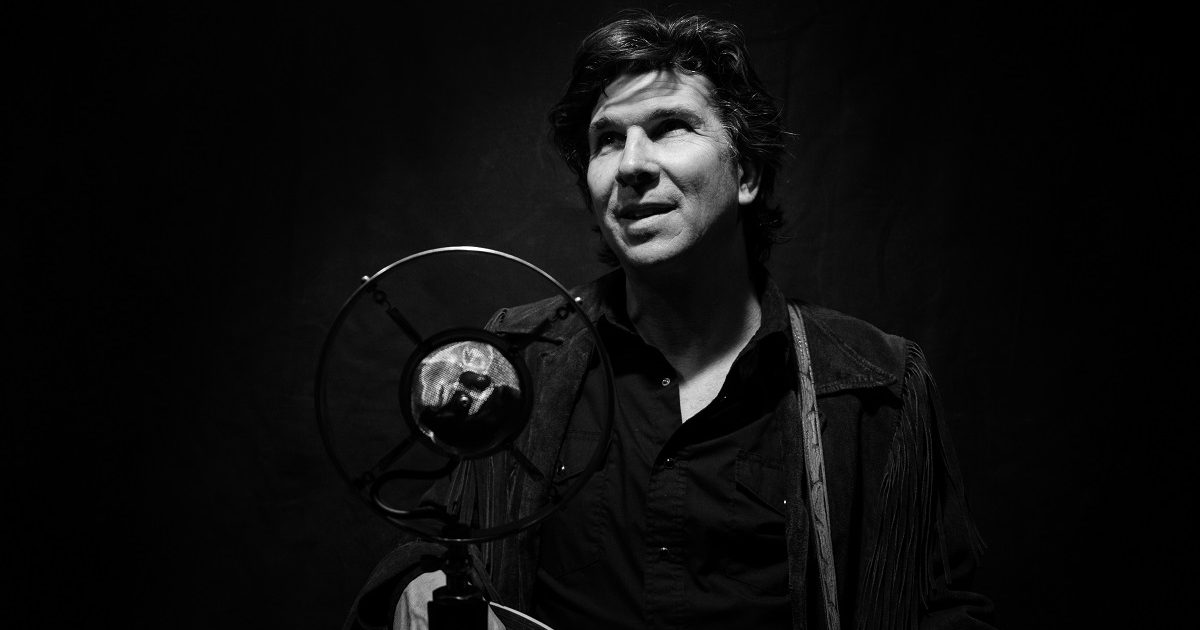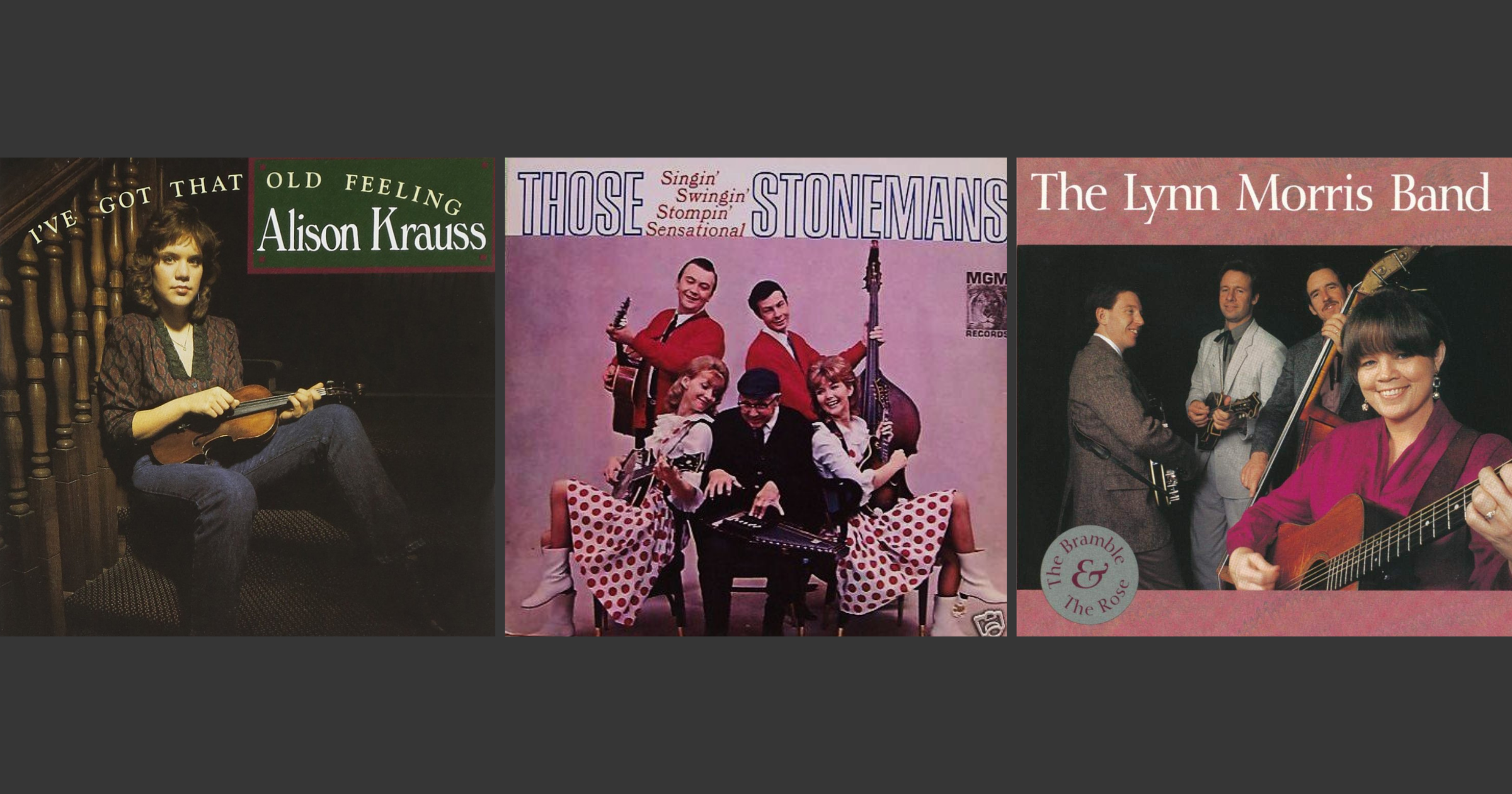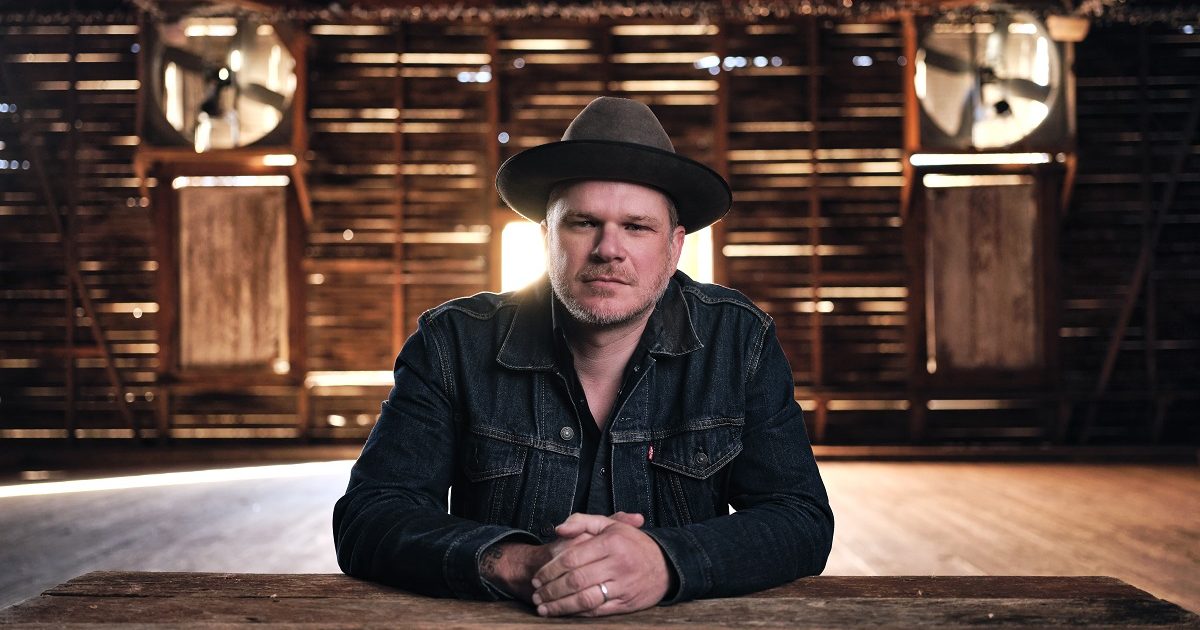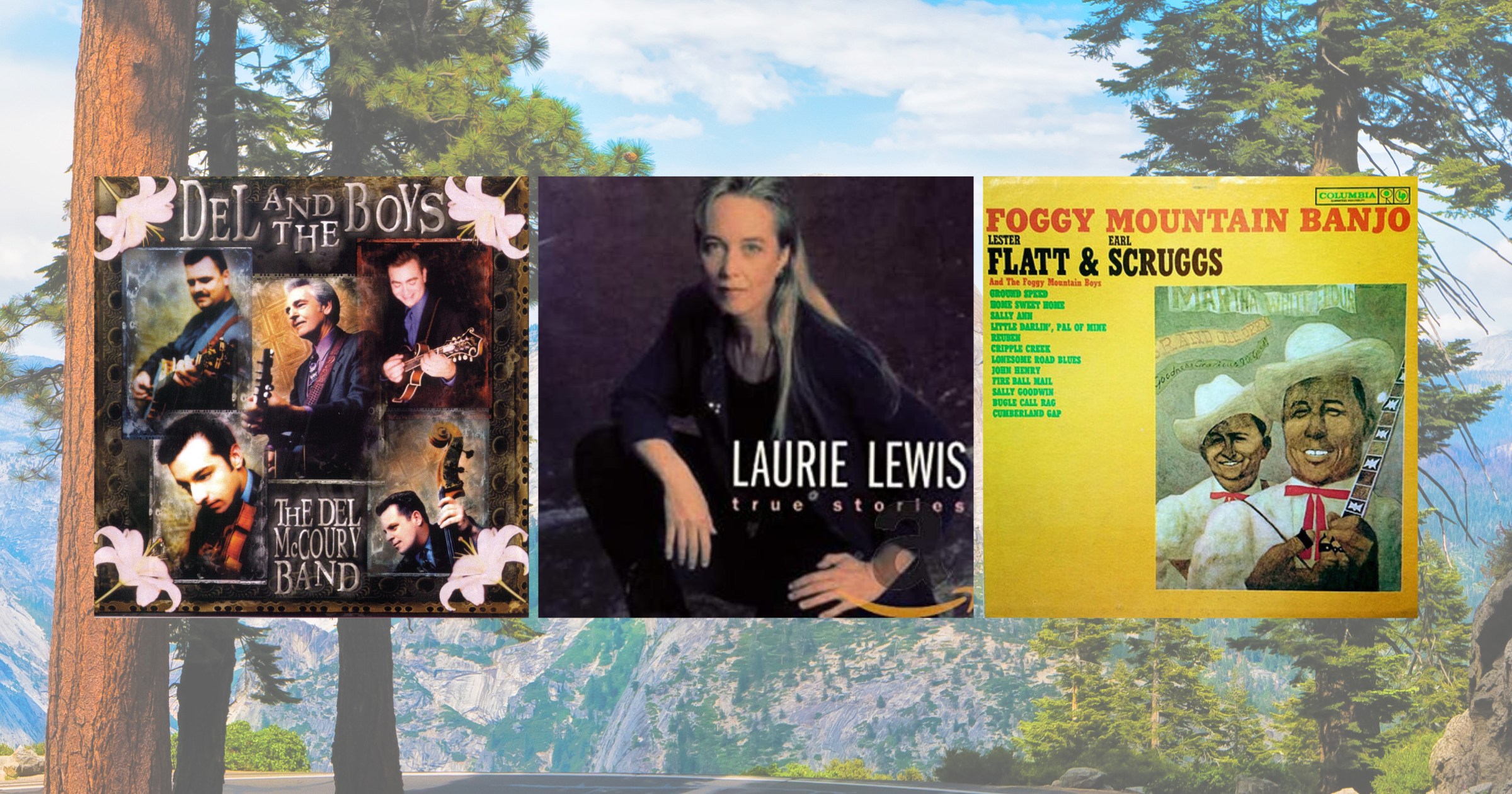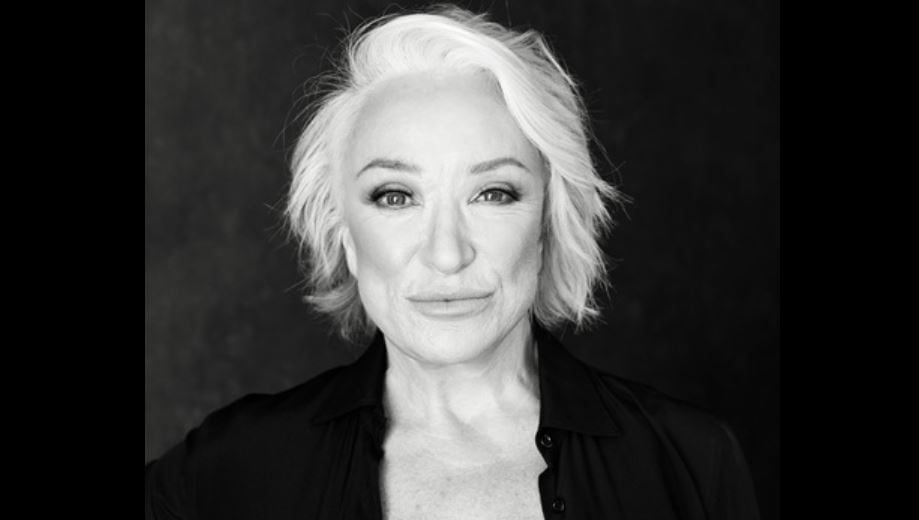Sitting here in my baby’s room, feeling her kick in my belly while looking around at the dusty pink painted walls, baby owl wallpaper, refurbished 1960s furniture, a painting from her great grandmother on one wall, and her name – shared by two other great grandmothers – on the other wall, I’ve never been more certain that I’m exactly where I am meant to be in my life at this moment. Beulah Anne Chaffins. We love her so much already.
Like so many women in the music industry, I put off having a family thinking when my career takes off, then I’ll have my family. But “takes off” is so subjective, especially when you’re constantly moving the finish line for yourself. Earlier this year, I realized that if I kept waiting, I could literally wait myself forever out of the opportunity to have a family. I’m about to play Bourbon & Beyond, the biggest festival I’ve ever played, and I will be almost 8 months pregnant. It’s funny that this is actually the most outlaw thing I’ve ever done.
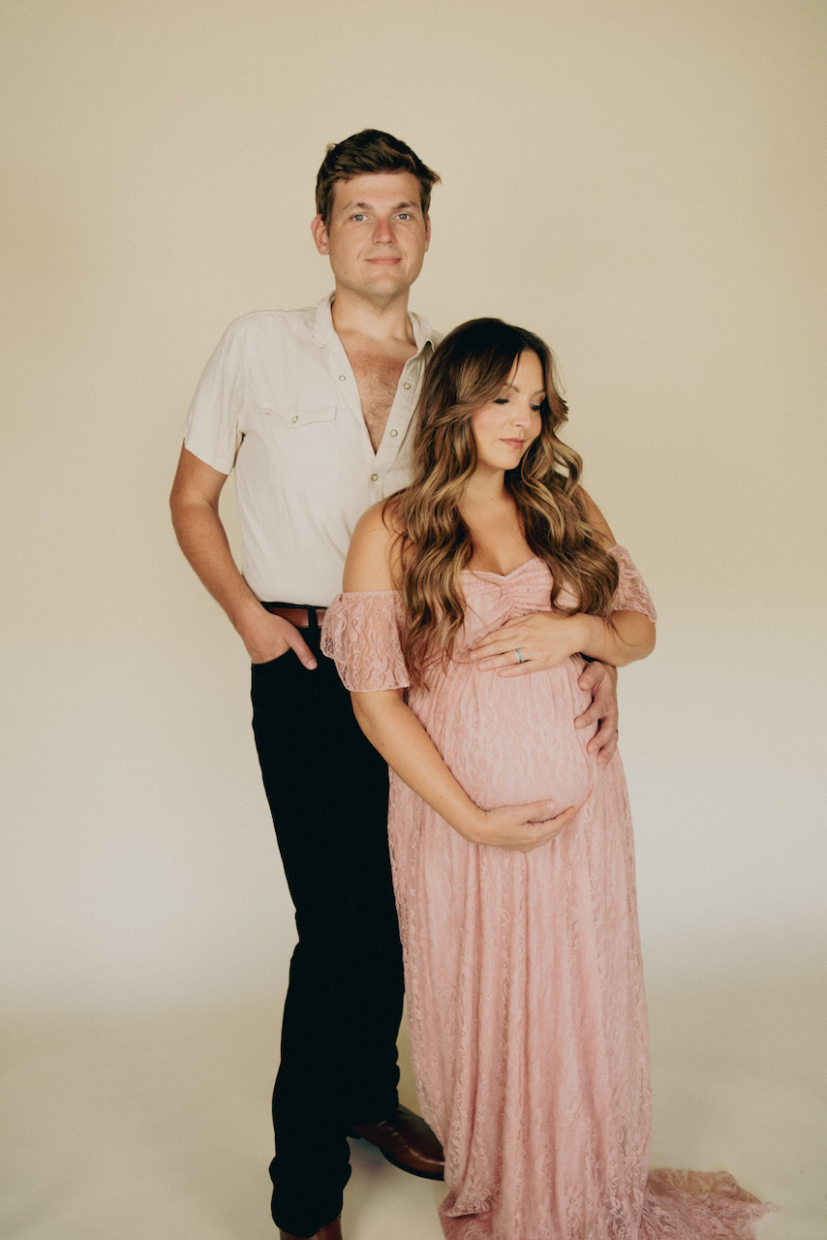
I didn’t grow up in a musical family. “Playing music” to my parents meant turning on the radio. I’m really excited to bring my daughter into a world of music. My husband, Adam Chaffins, and I do everything together. We garden, take care of our animals, travel, tour, write songs, and make records together. Beulah Anne already lights up when she hears us sing and play. I can feel her ball up in my belly, close to my guitar, and kick and turn as her daddy sings.
I put together a playlist of songs that I believe will be great to play for Beulah Anne when she finally gets here! It’s full of uplifting songs that don’t make us want to beat our heads against the wall. I know, I know, that will come eventually when she’s able to choose, but maybe if we start by instilling good taste early, it won’t be so bad? Wishful thinking? Maybe! – Brit Taylor
“Oo-De-Lally” – Roger Miller
Should be on any children’s playlist.
“Little Green Apples” – Bobbie Gentry & Glen Campbell
This wasn’t meant to be a kid’s song, but it is such a great love song and the melody is so simple and easy to remember. Adam and I love singing this one together.
“The Big Rock Candy Mountain” – Harry McClintock
The O Brother, Where Art Thou? soundtrack is one of my favorite albums. There’s something about the old timey sound of this one that makes me feel like we’ve travelled back in time when things were just more simple.
“Didn’t Leave Nobody but the Baby” – Gillian Welch, Alison Krauss, and Emmylou Harris
This is from the same soundtrack. I can see myself singing this one to baby Beulah, trying to get her to sleep. Maybe I’ll leave out a line or two!
“You’ve Got a Friend in Me” – Randy Newman
An amazing way to let your kid know they’re not alone. I love this one by Randy Newman from Toy Story.
“Here Comes The Sun” – the Beatles
Could put anyone in a good mood.
“You Are My Sunshine” – Norman Blake
There’s so many great versions of this song, but I love this one by Norman Blake on the O Brother soundtrack. The Dobro gets me.
“(Let Me Be Your) Teddy Bear” – Elvis
This is a requirement for any children’s playlist I make. My daddy would play this one for me – along with every other Elvis song ever recorded.
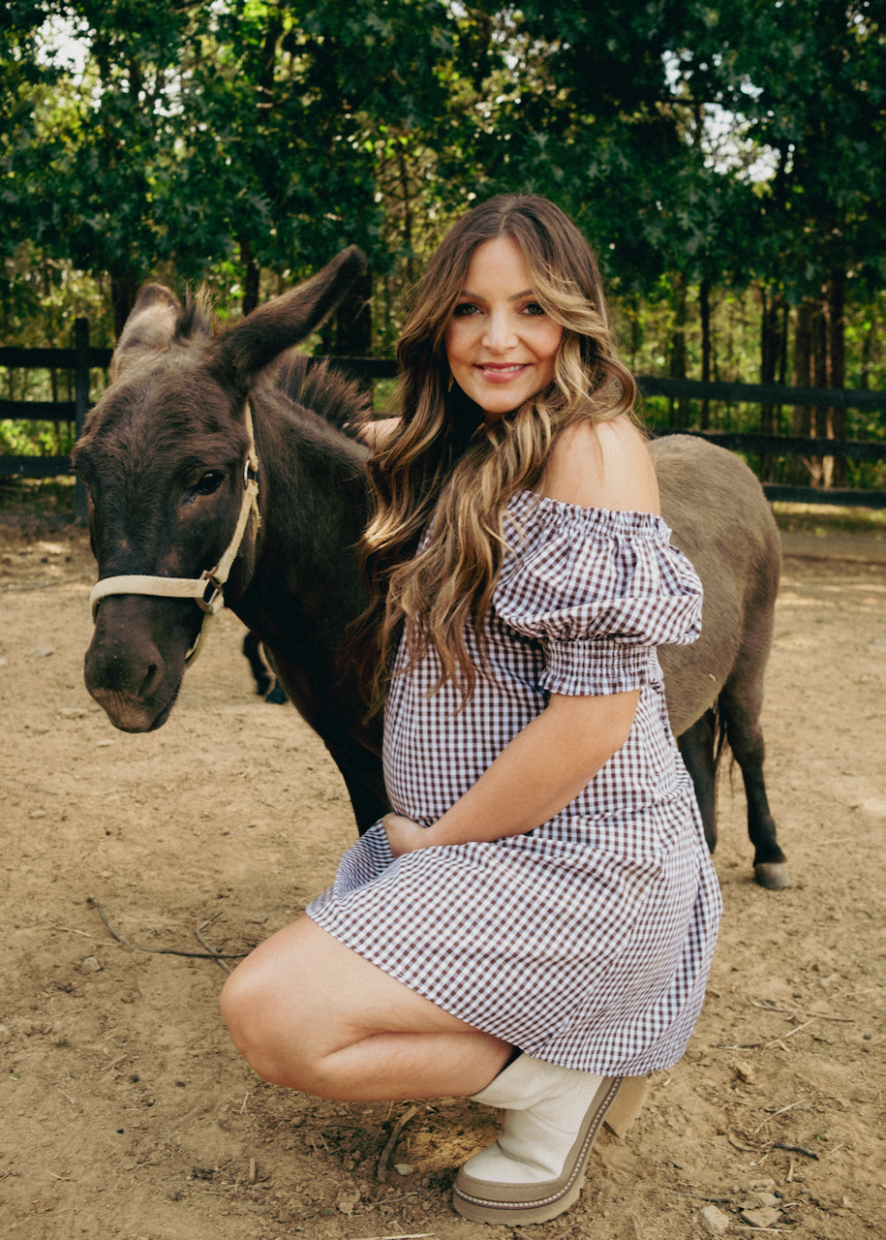
“Build Me Up Buttercup” – The Foundations
Another one my Dad would play and sing to me. I remember loving this one and naming one of our dogs Buttercup!
“I Love” – Tom T. Hall
Tom T Hall was a poet and also from my hometown of Hindman, Kentucky. I love this one from his children’s record.
“Love is Like A Butterfly” – Dolly Parton
This has such a whimsical vibe! I love having this one in the mix. It transports you to a fairytale land.
“What A Wonderful World” – Louis Armstrong
I want Beulah Anne to always be able to see the beautiful things in the world. I don’t want her to be afraid of it. Perspective is key and songs like this can do just that.
“God Only Knows” – The Beach Boys
Adam and I sang this song on a Valentine’s Day livestream when he surprised me by proposing! My answer was a big fat “yes,” obviously. I can see us singing and dancing to this one with Beulah in our arms!
“(They Long to Be) Close To You” – The Carpenters
I always loved the Carpenters when I was little. My mom would play them for me. Especially at Christmas. Karen Carpenter’s voice is like a warm hug. There’s just something dreamy about this song, and I love the lyrics.
“Top Of The World” – The Carpenters
I want Beulah Anne to have a positive outlook on life. I want to instill positive self-talk, so when she hears her inner voice it’s encouraging instead of scary or mean. I hope starting her off on music like this will help her always feel more like she’s on top of the world instead of down in the gutter, even in the hard times of life.
“Ol’ Blue” – Willie Nelson
A must. Beulah’s first dog will be our dog, Blue, so this one was definitely a sure bet.
All photos by Natia Cinco.
